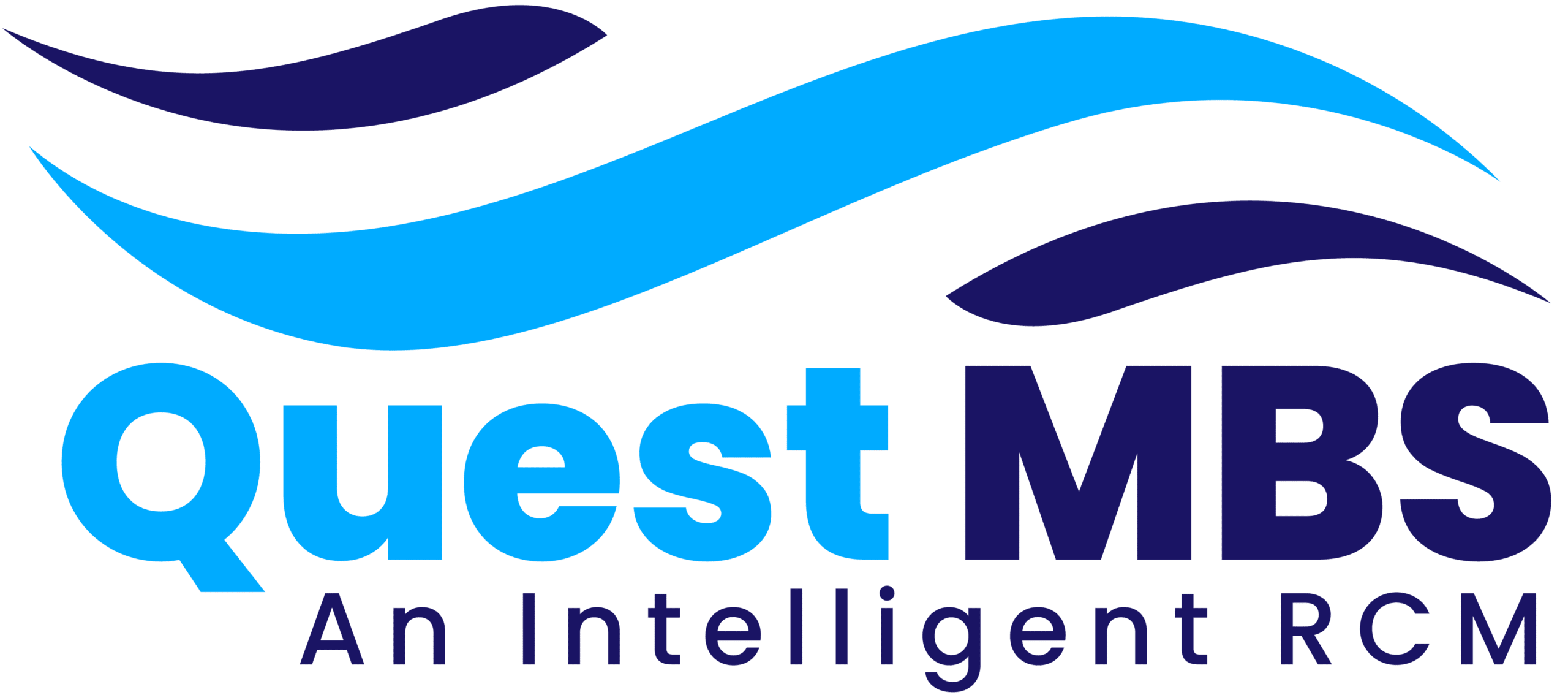Introduction:
Medical billing is a crucial process in healthcare, ensuring that providers receive proper reimbursement for their services. However, errors in billing can lead to claim denials, delayed payments, and financial losses for healthcare providers. Even minor mistakes can disrupt cash flow and create frustration for both providers and patients.
Understanding common medical billing mistakes and how to correct them is essential for improving revenue cycle management (RCM) and maintaining compliance with healthcare regulations. In this article, we’ll discuss the 10 most common medical billing mistakes and how to fix them to ensure a smoother billing process.
1. Inaccurate Patient Information:
The Mistake:
One of the most common reasons for claim denials is incorrect patient information. Errors such as misspelled names, incorrect birthdates, or wrong insurance details can cause a claim to be rejected.
How to Fix It:
- Verify patient information during every visit.
- Use electronic verification tools to check insurance details.
- Train front-desk staff to confirm personal details with patients.
- Regularly update patient records to prevent outdated information.
A small data entry mistake can result in claim rejection, so double-checking patient details is crucial for accurate billing.
2. Incorrect Medical Coding:
The Mistake:
Medical billing relies on proper coding using systems like ICD-10 (International Classification of Diseases, 10th Edition) and CPT (Current Procedural Terminology). Incorrect or outdated codes can lead to claim denials.
How to Fix It:
- Stay updated with annual changes in medical coding.
- Use certified coders or employ professional medical billing services.
- Conduct regular coding audits to identify and correct errors.
- Implement coding software to minimize human errors.
Accurate coding ensures faster claim approvals and prevents revenue loss.
3. Missing or Incomplete Documentation:
The Mistake:
Incomplete documentation can cause claim delays or denials. If a claim lacks supporting documents, insurers may reject it due to insufficient proof of medical necessity.
How to Fix It:
- Ensure all medical records are complete before claim submission.
- Train healthcare providers to document all necessary details properly.
- Use Electronic Health Records (EHR) systems to maintain thorough documentation.
- Implement a checklist to confirm all required documentation is included.
Proper documentation ensures smoother claim processing and reduces disputes.
4. Upcoding or Downcoding:
The Mistake:
- Upcoding: Billing for a higher-level service than what was provided to receive higher reimbursement (can lead to fraud investigations).
- Downcoding: Billing for a lower-level service, which results in lower reimbursements and lost revenue.
How to Fix It:
- Use coding audits to detect and correct errors.
- Train staff on proper coding guidelines to prevent intentional or unintentional mistakes.
- Invest in compliance programs to ensure ethical billing practices.
Correct coding not only prevents legal issues but also ensures appropriate reimbursement.
5. Duplicate Billing:
The Mistake:
Duplicate billing occurs when the same service is billed multiple times for a patient. This mistake often results from administrative errors or system glitches.
How to Fix It:
- Implement billing software that flags duplicate claims.
- Regularly audit claims before submission.
- Train billing staff to cross-check invoices before processing.
Preventing duplicate billing reduces claim denials and avoids unnecessary audits from insurers.
6. Failing to Verify Insurance Coverage:
The Mistake:
Submitting claims without verifying insurance eligibility can lead to denials if a patient’s coverage has expired or doesn’t cover a particular service.
How to Fix It:
- Verify patient insurance before every appointment.
- Use electronic eligibility verification tools to confirm coverage.
- Inform patients about their coverage limits and out-of-pocket costs.
Insurance verification prevents unnecessary claim denials and improves patient satisfaction.
7. Late Claim Submission:
The Mistake:
Insurance companies have strict deadlines for claim submissions. Missing these deadlines can result in claim denials, forcing providers to absorb the cost of services.
How to Fix It:
- Establish a claims submission schedule to track deadlines.
- Automate claim submissions using medical billing software.
- Train staff on insurer-specific time limits and submission guidelines.
Timely submissions help maintain cash flow and avoid revenue losses.
8. Incorrect Modifiers:
The Mistake:
Modifiers are two-digit codes added to CPT codes to indicate service variations (e.g., modifier -25 for separate evaluations during the same visit). Using the wrong modifier can lead to claim rejections.
How to Fix It:
- Educate coders on proper modifier usage.
- Use coding software to cross-check modifier applications.
- Conduct periodic audits to ensure accuracy in modifier usage.
Correct use of modifiers ensures proper reimbursement and compliance with coding standards.
9. Not Following Up on Denied Claims:
The Mistake:
Many healthcare providers fail to follow up on denied claims, resulting in lost revenue. Without proper appeals, denied claims can lead to significant financial losses.
How to Fix It:
- Establish a denied claim tracking system to monitor rejected claims.
- Review denial reasons and resubmit claims promptly.
- Train staff on appeal procedures and claim resubmission guidelines.
- Work with medical billing specialists to handle appeals efficiently.
Proactive follow-ups ensure that providers recover revenue that would otherwise be lost.
10. Lack of Compliance with Healthcare Regulations:
The Mistake:
Medical billing must follow strict regulations like:
- HIPAA (Health Insurance Portability and Accountability Act) – Protects patient information.
- CMS (Centers for Medicare & Medicaid Services) Guidelines – Ensures accurate Medicare and Medicaid billing.
- OIG (Office of Inspector General) Compliance – Prevents fraudulent claims.
Failure to comply with these regulations can result in legal penalties, audits, and even exclusion from federal healthcare programs.
How to Fix It:
- Conduct regular compliance training for billing staff.
- Stay updated with changes in billing laws and regulations.
- Implement audit programs to detect and prevent fraudulent billing.
- Work with compliance specialists to ensure adherence to federal and state laws.
Maintaining compliance protects healthcare providers from legal risks and financial penalties.
Conclusion:
Medical billing errors can lead to delayed payments, claim denials, and financial losses for healthcare providers. By identifying and fixing common billing mistakes, providers can ensure a smooth revenue cycle, improve cash flow, and reduce administrative stress.
By implementing best practices such as accurate patient data entry, proper coding, timely claims submission, and compliance training, healthcare providers can avoid costly errors and maximize reimbursements.
Investing in medical billing software, staff training, and regular audits can further enhance the efficiency of the billing process. Whether handling billing in-house or outsourcing to professionals, ensuring accuracy and compliance is key to financial success in healthcare.







